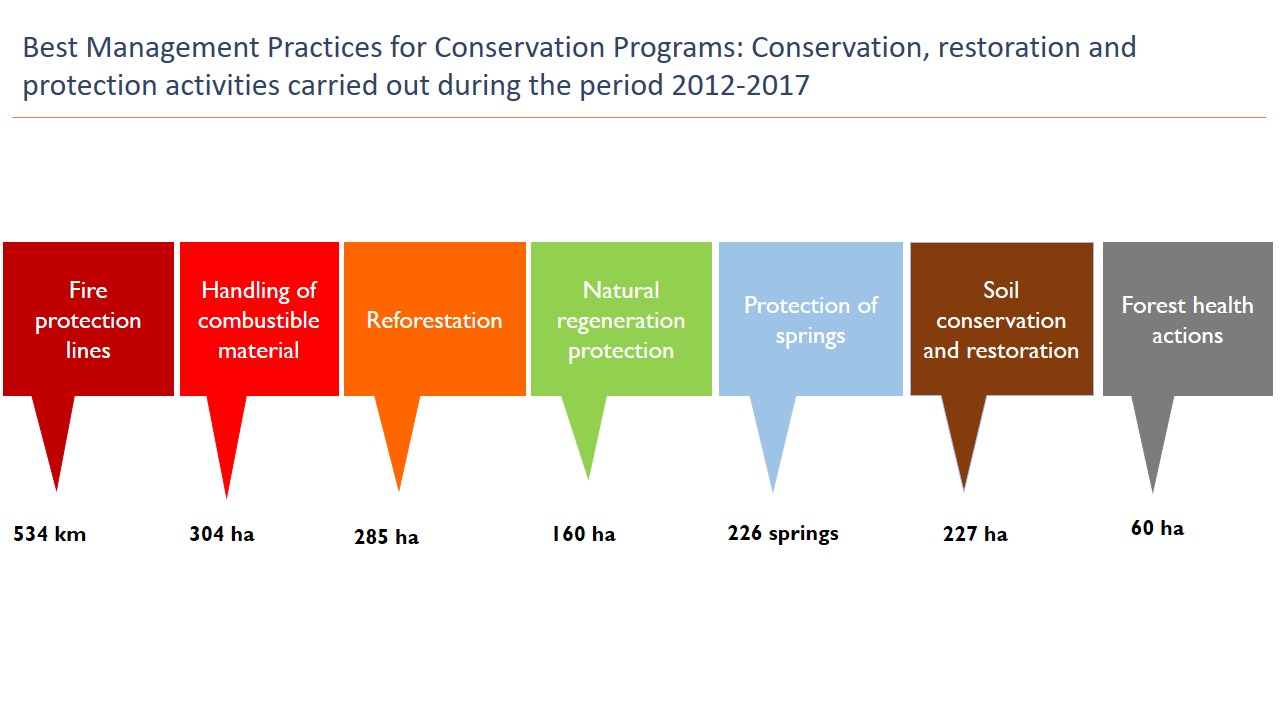Reforestation activities by Non Governmental Organisations
FORENA alongside Friends of the Environment(FOE) are currently running the 'Restoration and Valorisation of the Citadel of Port Louis' project, under the Tourism Authority, with a team of experts comprised of architects, historians, archaeologists, and ecologists of the Mauritian Wildlife Foundation (MWF), that envisages the historical restoration and valorisation of the Citadel heritage to be used for tourism, education and leisure purposes.
FOE has been active in the organisation of environmentally important conferences and seminars. They have renovated and now assume management of the Martello Tower Museum and, through the Heritage Trust, continue the rehabilitation of cemeteries. Members have been participating on many committees for the environment over the years.
MWF works for the conservation and preservation of the nation's endangered plant and animal species. They collaborate with local and international partners, with the long-term aim of recreating lost ecosystems by saving some of the rarest species from extinction and restoring the native forests.
Proper communication between both teams (FORENA and FOE) since we are both working on the same project but on different assigned areas of Citadel.
The same technique is to be applied for tree planting. If one team has changed their methodology and use a more efficient one, then they pass on the information so that the other team can use the same method.
We share the same gardener but each team has their own equipments.
All the mentioned non-governmental organisations share the same aim which is to be able to have the full re scale restoration at Citadel and to be able to have a proper monitoring of the native forest of Petrin. Forena acts as the link between those organisations and stakeholders to allow continous collaboration for the nature of Mauritius.
There are several techniques which Forena has adopted from Friend of the Environment since they had the expertise of ecologists. For example we have started using gel which allows water and nutrients to be retained around the root base of the plants and also the water bottle technique which allows efficient watering.
There is always a good coordination mechanism between the organisations when there is a case of vandalism or fire outbreak.
